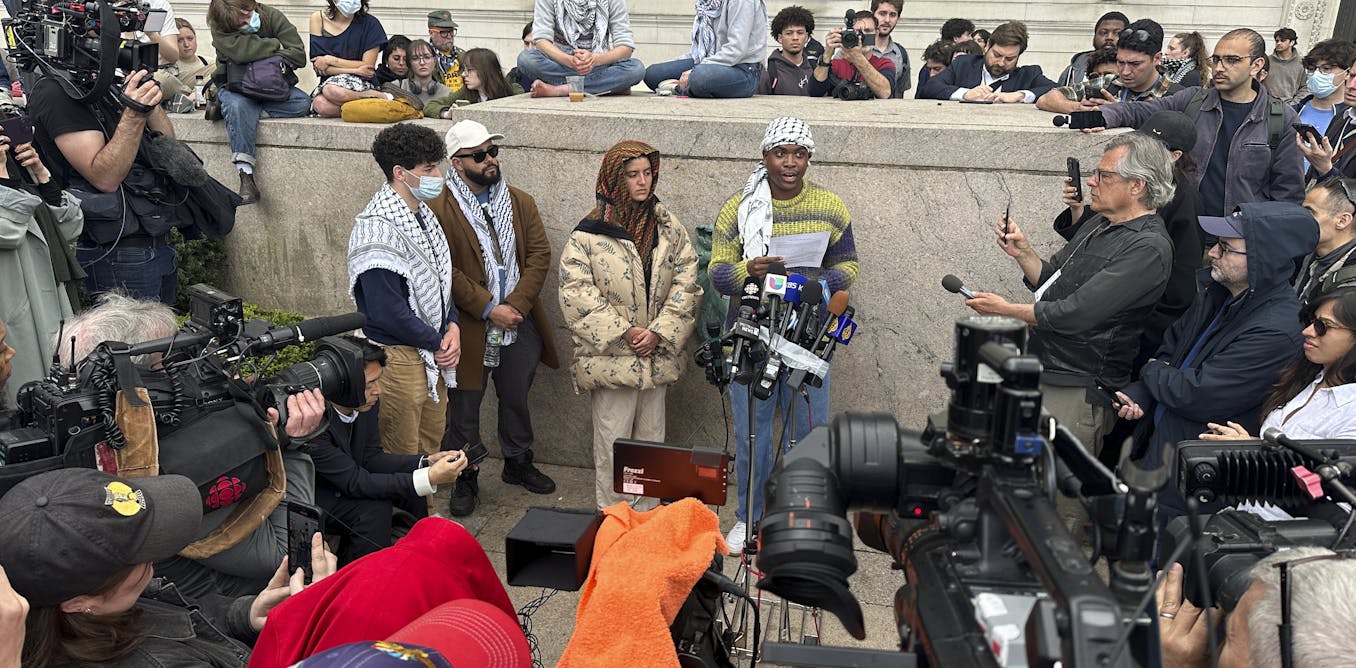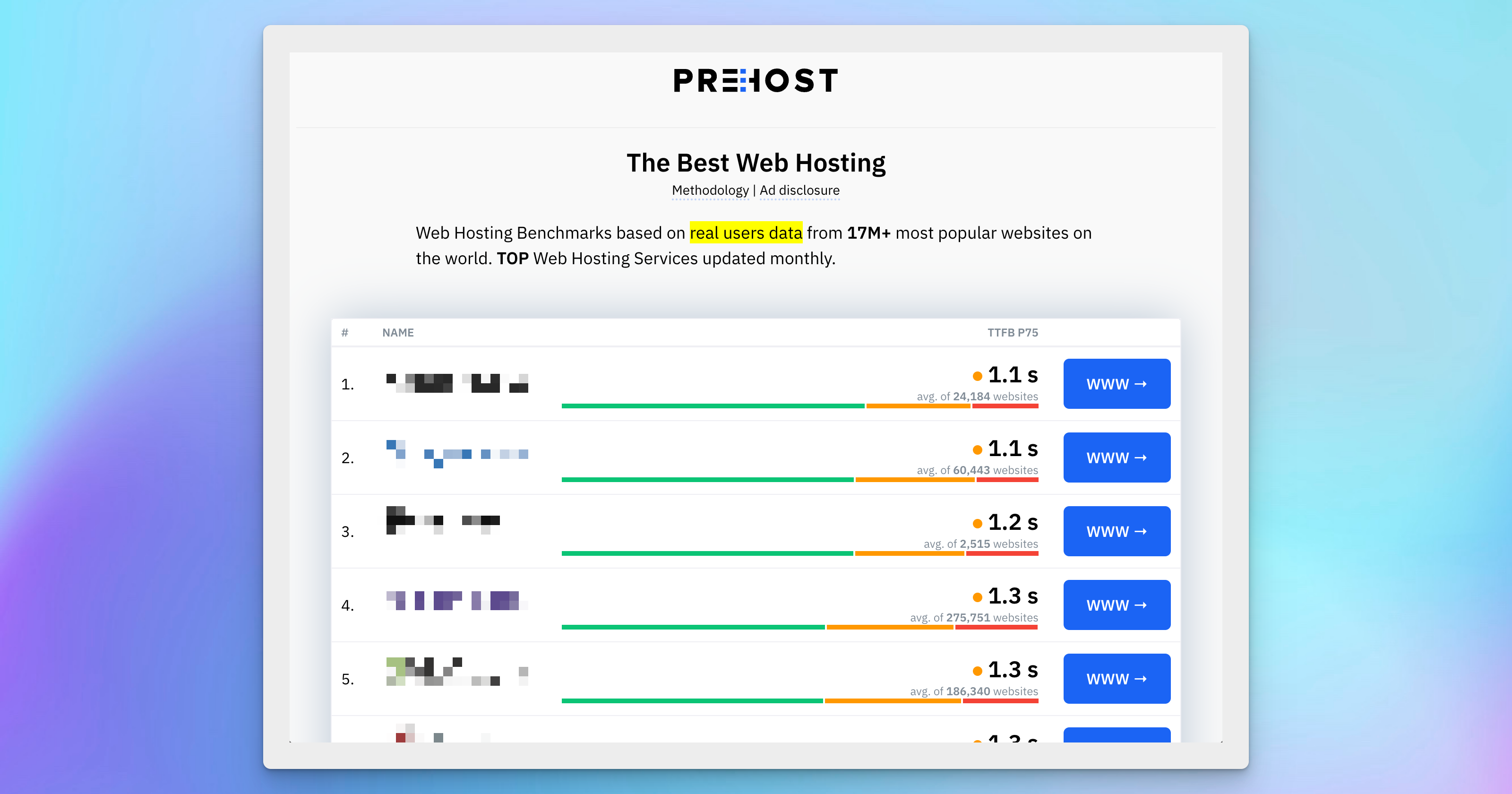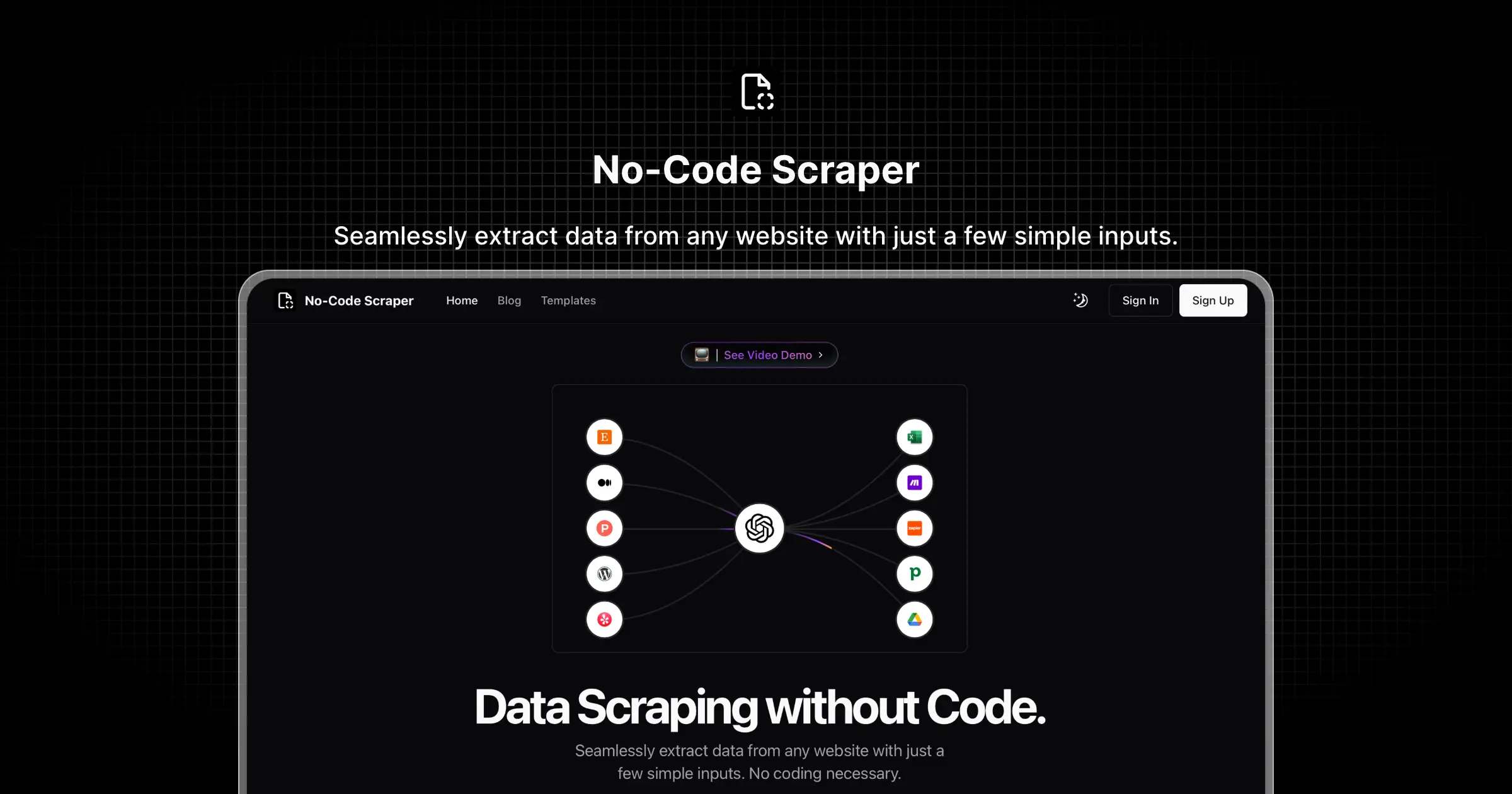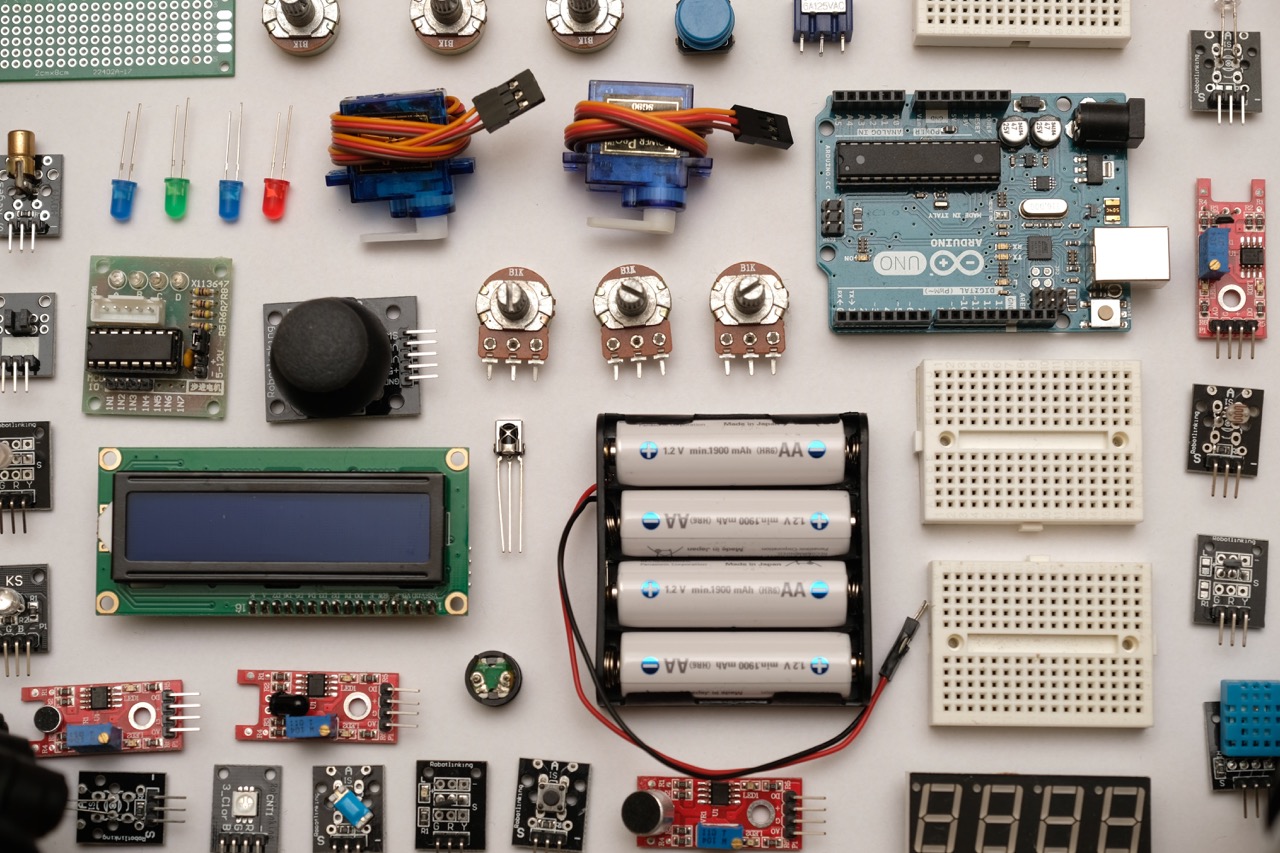
Media coverage of campus protests tends to focus on the spectacle, rather than the substance
Danielle K. Brown does not work for, consult, own shares in or receive funding from any company or organization that would benefit from this article, and has disclosed no relevant affiliations beyond their academic appointment.
For protesters, demonstrations are usually the result of meticulous planning by advocacy groups and leaders aimed at getting a message out to a wider world or to specific institutional targets. To outside onlookers, however, protests can seem disorganized and disruptive, and it can be difficult to see the depth of the effort or their aims.
Take the pro-Palestinian protests that have sprung up at campuses across the United States in recent weeks. To the students taking part they are, in the words of one protester, “uplifting the voices of Gazans, of Palestinians facing genocide.” But to many people outside the universities, the focus has been on confrontations and arrests.
Where does this disconnect come from? Most people don’t participate in on-the-streets protests or experience any of the disruption that they cause. Rather they rely on the media to give a full picture of the protests.





















